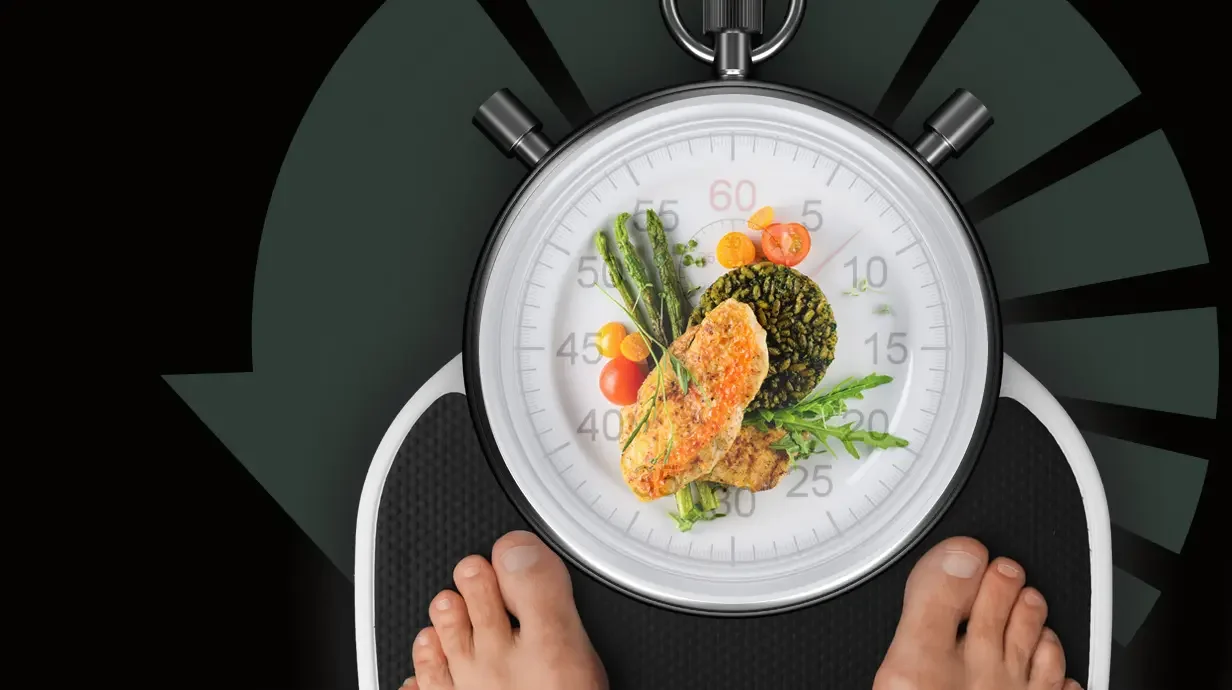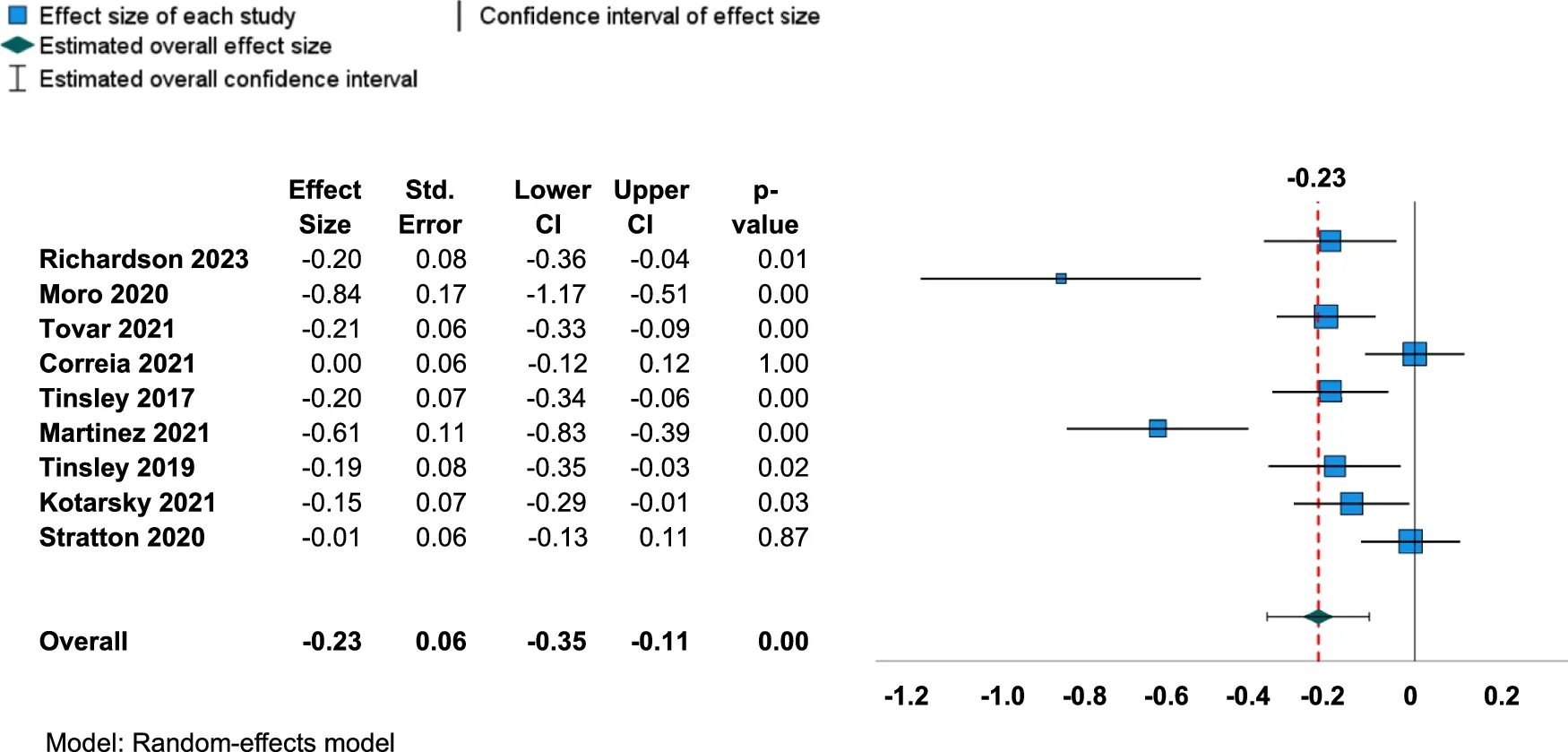Intermittent fasting has quickly become a popular dietary trend in America. Around 12% of Americans have already tried this eating pattern, according to the 2023 International Food and Health Survey. But intermittent fasting isn’t just one method. It includes various forms, such as alternate-day fasting, the 5:2 method, Ramadan fasting, and time-restricted eating (TRE).
Time-restricted eating is among the simplest fasting methods. It typically means fasting for 12 to 20 hours daily, leaving a limited window—usually 4 to 12 hours—to eat. Many find this easier than counting calories or eliminating favorite foods.
“People like time-restricted eating because they feel it’s easier to adhere to because they don’t have to think too much,” said nutrition expert Nadeeja Wijayatunga. “It’s all about time, not calorie-counting or watching out for certain foods.”
But how effective is this strategy when combined with exercise?

A recent study published in the International Journal of Obesity offers insight. Researchers from the University of Mississippi looked at 15 studies from the past decade. They analyzed what happens when healthy adults pair time-restricted eating with regular exercise. Results showed a clear advantage for people combining these two practices.
“We saw that this did lead to more fat loss and reduced body fat percentage over time when healthy adults were following both exercise with time-restricting eating compared to those who were only exercising for at least four weeks,” explained Wijayatunga, an assistant professor of nutrition and hospitality management.
Many diet plans cause people to lose weight, but this weight isn’t always fat. Losing lean mass—muscle, organs, and tissue—can negatively affect health. Lean muscles play an essential role in metabolism, strength, and mobility.
Related Stories
“We need healthy muscles,” Wijayatunga emphasized. “Muscles are really important for the body and for your metabolism. If we lose muscle, it may impact our metabolic systems, and it just decreases mobility overall.”
This study’s results are encouraging because they show that combining exercise with TRE can prevent lean muscle loss. When participants combined exercise with an eight-hour eating window, they primarily lost body fat—not muscle.
“That’s why you want to couple diet with exercise,” added Michael Hays, a tactical dietitian who co-led the study. “When you’re losing weight, you never want to lose lean tissue. You want to lose fat.”
Scientists believe the reason for this combined effect lies within the body’s metabolic responses. Exercise and TRE seem to activate distinct biological pathways.

Exercise stimulates the growth of mitochondria, tiny structures in cells that produce energy. When you exercise regularly, muscle cells also become more efficient at taking glucose from the blood. They do this using a special transporter known as GLUT-4, which reduces blood sugar and improves insulin sensitivity.
On the other hand, TRE reduces overall insulin levels and increases fat breakdown. Lower insulin levels encourage your body to burn stored fat rather than sugar for energy. Combining these two practices creates a powerful effect, burning more fat while preserving muscle.
Previous research on time-restricted eating showed mixed results. Some studies reported reduced fat mass and better metabolic health. Others found no meaningful changes compared to standard diets. Yet another group of studies reported losing both fat and lean muscle or no change at all.
However, these earlier studies typically looked at diet alone or involved various fasting types. The University of Mississippi’s recent meta-analysis specifically looked at TRE combined with different exercise routines. Researchers found that TRE with exercise consistently led to greater fat loss and helped maintain muscle mass compared to exercise alone.

“For some people, this may be a good technique to help with body composition goals,” Hays noted. “It’s just another tool, but more studies need to come out to really understand how this works in humans.”
One limitation of the research is that most participants were already healthy and physically active. They exercised regularly and had relatively low body fat before starting TRE. Even slight improvements in body composition are significant in already fit individuals.
“In most cases, these were healthy adults,” said Hays. “They were already physically fit and already had exercise routines. When you already have athletic, lean people and you decrease their body fat percentage, that’s significant.”
Future research needs to explore how well TRE and exercise work for less active people or individuals with higher body fat levels.
Although the findings are promising, experts stress the importance of consulting healthcare providers before trying TRE. Each person responds differently, and professional guidance ensures safety and effectiveness.
“What I’d recommend is implementing healthy habits in a way that you—as an individual—can maintain, with guidance from a healthcare professional,” Wijayatunga advised.
As intermittent fasting, especially TRE, continues gaining popularity, scientific understanding must keep pace. Evidence clearly shows combining time-restricted eating with regular exercise could boost fat loss while protecting muscle mass. Yet, this is not a one-size-fits-all solution, and further research is still necessary.
For now, if losing fat and maintaining muscle is your goal, pairing TRE with regular exercise might be an effective strategy. But do so thoughtfully, and consider professional guidance to create a plan tailored specifically to your lifestyle and needs.
Note: The article above provided above by The Brighter Side of News.
Like these kind of feel good stories? Get The Brighter Side of News’ newsletter.
The post Major study reveals how time-restricted eating affects weight loss appeared first on The Brighter Side of News.
Leave a comment
You must be logged in to post a comment.